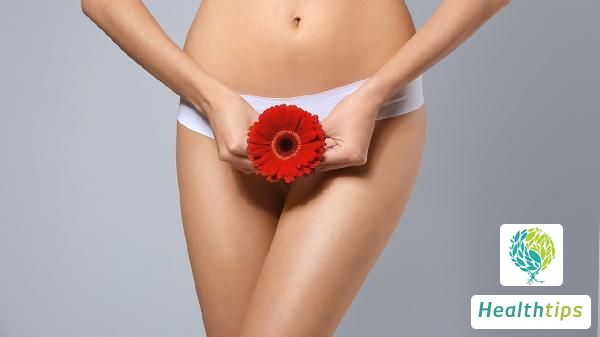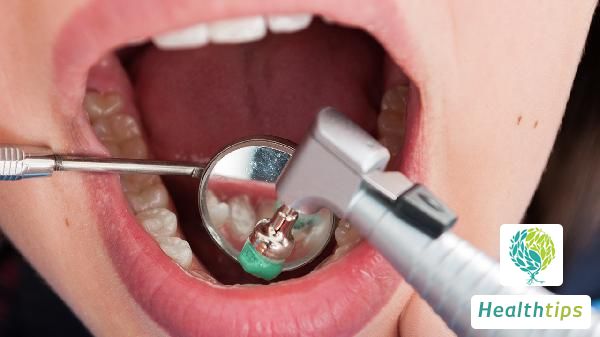"What Distinguishes Cervical Vertebral Osteoproliferation?"
Cervical Vertebral Hyperosteogeny
Cervical vertebral hyperosteogeny, a self-protective mechanism, drifts backward along the physiological curvature. It may emerge with age or after neck trauma, often associated with degenerative changes in intervertebral discs, excessive strain on the neck, and trauma. Symptoms of cervical vertebral hyperosteogeny include neck pain, stiffness, numbness in the upper limbs, nausea, vomiting, among others.

Symptoms:
Neck Pain: Typically characterized by persistent neck pain, which may intensify upon exposure to cold or strain, radiating to both upper limbs.
Stiffness: Manifested as prolonged tension in neck and shoulder muscles, resulting in stiffness and limited mobility.
Numbness in Upper Limbs: Caused by compression of nerve roots by hyperplastic bone, manifesting as numbness in the upper limbs, with severe cases leading to decreased grip strength and dexterity.
Nausea and Vomiting: The compressed nerves within the cervical spinal canal may elevate intracranial pressure, triggering nausea, vomiting, and other gastrointestinal symptoms.
Other Symptoms: If the hyperplastic bone compresses sympathetic nerves, it may cause palpitations, chest tightness, sweating, tinnitus, and blurred vision. Compression of the esophagus can lead to difficulty swallowing and a sensation of foreign body.
Hyperosteogeny may also compress the brachial plexus, causing pain and numbness in the shoulders, upper arms, and hands, with severe cases resulting in unsteady gait.
Management:
Patients diagnosed with cervical vertebral hyperosteogeny should avoid prolonged head-down postures, keep warm, prevent neck exposure to cold, and refrain from excessive strain. For severe pain, patients can take medication for promoting blood circulation, removing blood stasis, and reducing inflammation and pain, such as Sanqi Tablets and Huoxue Zhitong Capsules, under medical guidance. Physical therapies like acupuncture, massage, and tuina are also options. Surgical intervention may be considered if necessary.



















